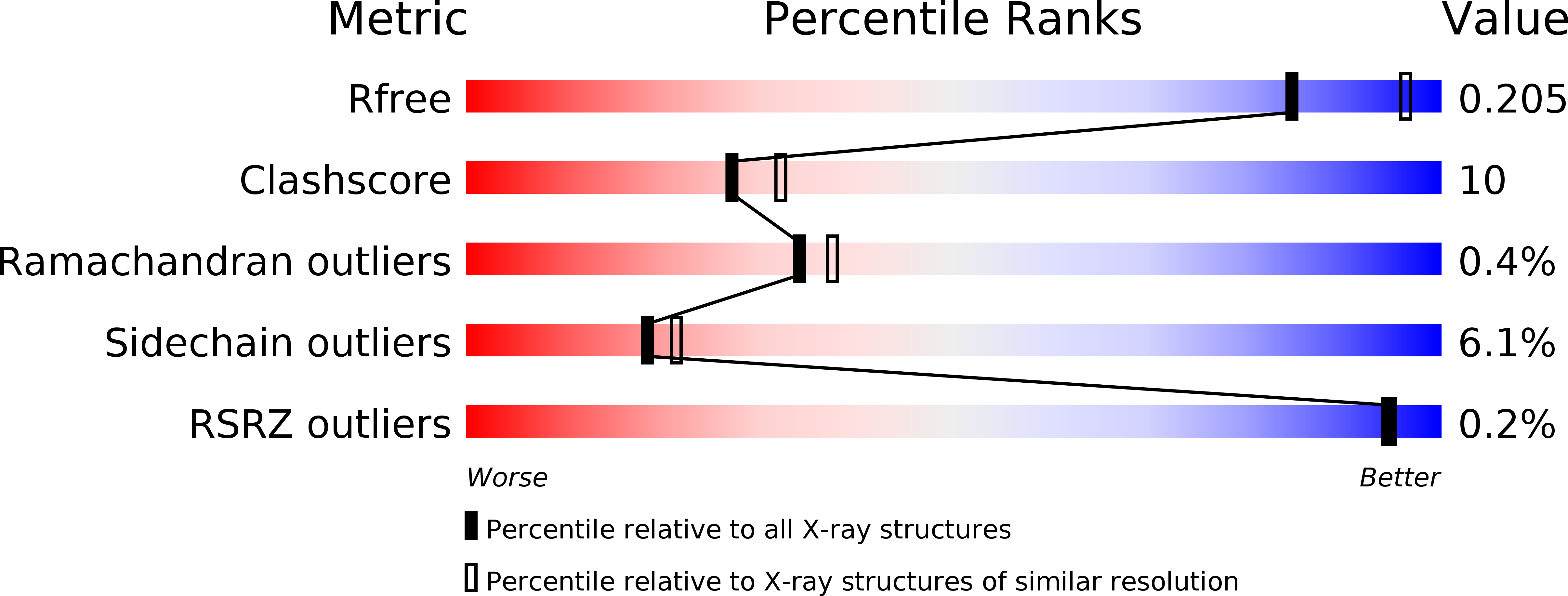
Deposition Date
2016-03-04
Release Date
2016-06-22
Last Version Date
2023-09-27
Entry Detail
PDB ID:
5IKX
Keywords:
Title:
Crystal structure of the alpha-esterase-7 carboxyl esterase (dimer), E3, from Lucilia cuprina
Biological Source:
Source Organism:
Lucilia cuprina (Taxon ID: 7375)
Host Organism:
Method Details:
Experimental Method:
Resolution:
2.19 Å
R-Value Free:
0.20
R-Value Work:
0.17
R-Value Observed:
0.17
Space Group:
P 1 21 1


